What Is the Sales Funnel Progression Rate: How to Measure & Improve Effectively?
The sales funnel progression rate measures how effectively leads move from one stage of the sales funnel to the next. It tracks lead advancement throughout the funnel, offering insights into sales efficiency and process effectiveness. This metric helps businesses optimize their sales processes by highlighting where prospects drop off and where improvements are needed.
In this article, we’ll define the sales funnel progression rate, explain how to calculate it, and explore strategies for improving it through better funnel management.
Understanding the Sales Funnel Progression Rate

What Is a Sales Funnel Progression Rate?
The sales funnel progression rate is the percentage of leads that advance from one stage of the sales funnel to the next. It measures how efficiently potential customers move forward, offering valuable insights into the health of the sales funnel.
Why is sales funnel progression rate important to measure?

For the purpose of calculating this rate, opportunities are counted as progressed from a sales funnel stage if:
- The opportunity existed in the sales funnel stage at any point during the period
- The opportunity existed in any sales funnel stage that is more advanced; stages down-funnel or closed-won, but not closed-lost or previous stages.
It is important to note opportunities can move from one stage to more advanced stages, sometimes skipping stages in between. For example, moving from stage 1 of the funnel directly to stage 3 or 4, and so on. Sales Funnel Progression Rate by Cohort is a cohort version of this metric.
Tracking the sales funnel progression rate is crucial because it:
- Improves Sales Forecasting: It helps predict future sales performance by showing how likely leads are to advance.
- Identifies Process Bottlenecks: Businesses can detect where leads drop off and refine their sales process accordingly.
- Optimizes Resource Allocation: Sales teams can prioritize high-potential leads that are more likely to progress.
How is sales funnel progression rate calculated?

Sales Funnel Progression Rate compares the amount of opportunities that progressed in the funnel to the total amount of opportunities in the funnel stage.
To calculate the sales funnel progression rate, use the following formula:
Check all aspects of your sales funnel
Opportunities duration through stages of the sales funnel and much more.
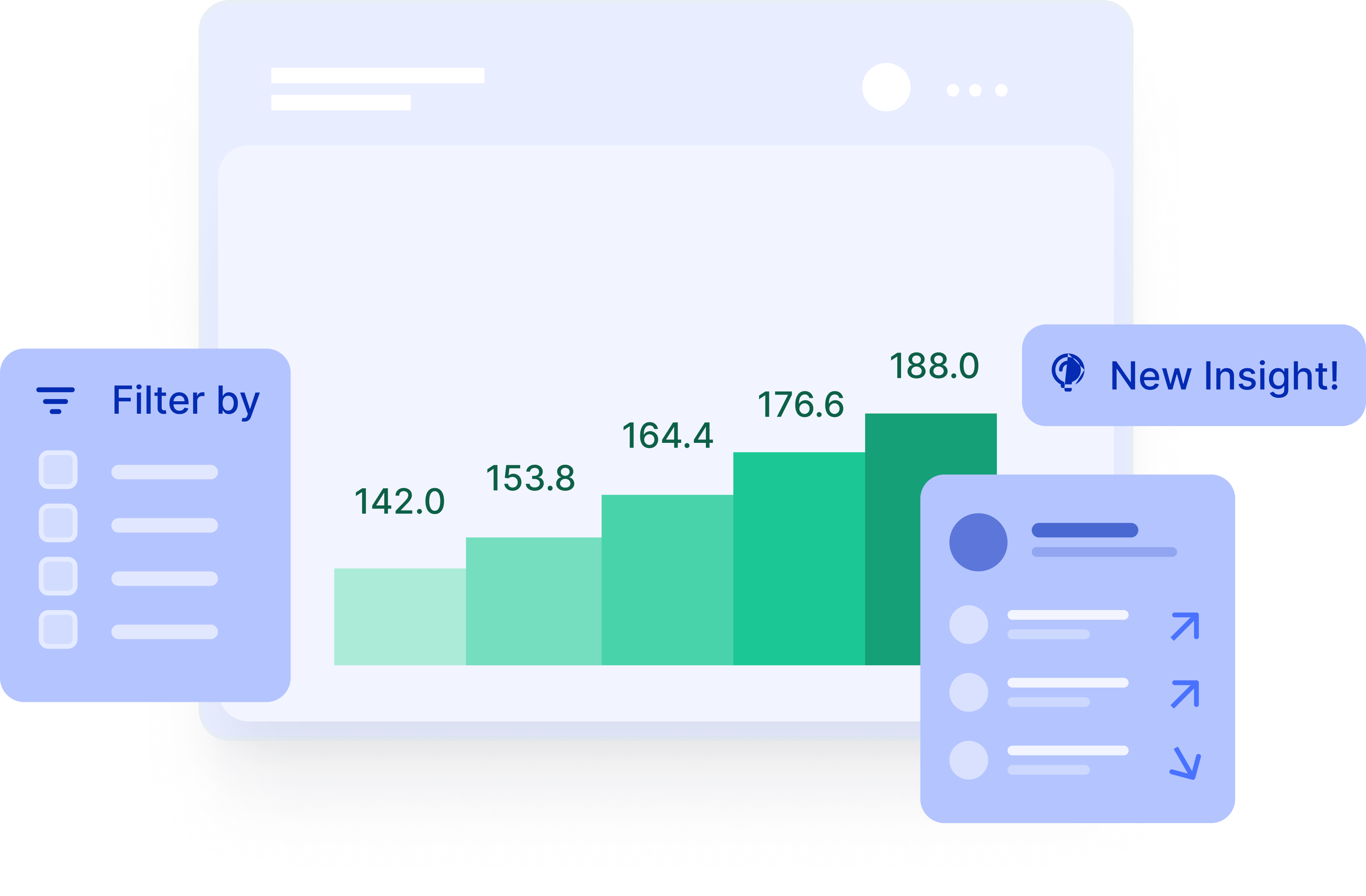
Funnel progression rate by cohort

Rate metric
Funnel progression rate by cohort measures the all-time progression rate of opportunities that entered each stage during the period. The numerator of this metric include all successful progressions to more advanced stages of the funnel at any point in time.
These metrics enable evaluation of the efficiency or friction in the funnel.
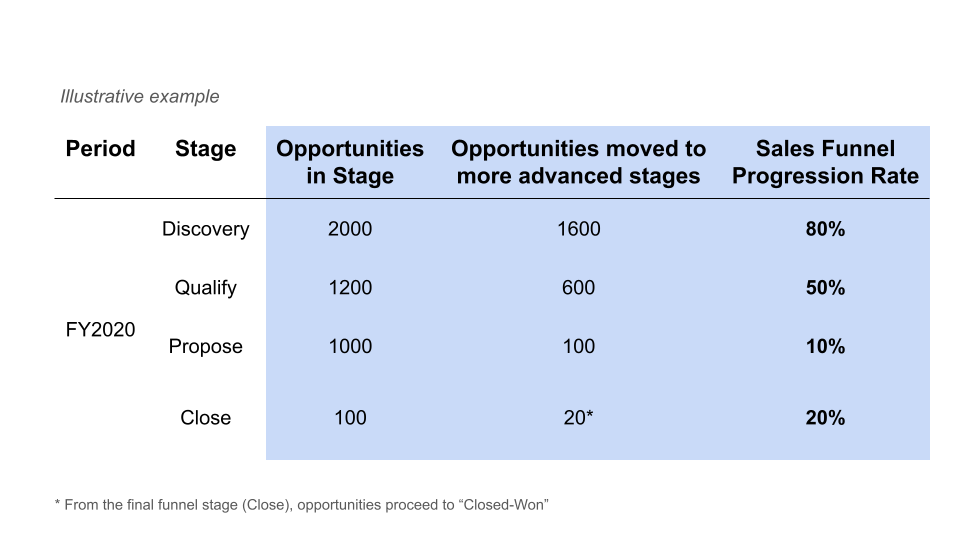
Stages of the Sales Funnel

Sales funnels typically consist of the following stages:
- Awareness Stage: Leads first learn about the business or product.
- Consideration Stage: Prospects explore product features, benefits, and pricing.
- Decision Stage: Qualified leads make a purchase or sign a contract.
Tracking the progression rate between these stages helps identify how well a business manages its funnel.
Key Metrics to Measure

Tracking progression rates requires monitoring key touchpoints:
- Leads Generated: Measure how many leads enter the funnel.
- Stage-to-Stage Movement: Track how many leads progress to the next stage.
- Lead Qualification Rates: Monitor how well leads are qualified before progressing further.
Industry Benchmarks
Progression rates vary by industry:
- B2B SaaS: 15-30% from marketing-qualified leads (MQLs) to sales-qualified leads (SQLs).
- E-commerce: 25-40% from product interest to purchase intent.
- Consulting: 30-50% from lead generation to signed contracts.
How to Measure Sales Funnel Progression Rates

Steps to Measure
Define Funnel Stages: Clearly outline each stage from awareness to purchase.
Track Stage Transitions: Use CRM tools to track leads as they progress.
Calculate Progression Rates: Use the formula provided above.
Analyze Results: Identify strengths and weaknesses by comparing actual rates to benchmarks.
Recommended Tools
- Google Analytics: Tracks user behavior on websites.
- HubSpot CRM: Manages leads and tracks funnel progression.
- Salesforce: Offers advanced sales tracking and automation features.
- Hotjar: Analyzes customer journeys and detects drop-off points.
Common Challenges Affecting Sales Funnel Progression Rates

- Friction Points in the Funnel
- Lengthy Sign-Up Processes: Simplify lead capture forms.
- Unclear Value Propositions: Clearly communicate product benefits at every stage.
- Poor Lead Qualification
- Mismatched Targeting: Ensure marketing and sales teams align on customer profiles.
- Low-Quality Leads: Use lead scoring to prioritize high-potential prospects.
- Lack of Engagement
- Slow Responses: Follow up with leads quickly to keep them engaged.
- Missed Touchpoints: Use automation to ensure continuous communication.
Strategies to Improve Sales Funnel Progression Rates

1. Optimizing Top-of-the-Funnel (TOFU)
- Content Marketing: Publish blogs, videos, and guides that attract leads.
- Lead Magnets: Offer free resources such as eBooks or templates in exchange for contact information.
2. Optimizing Middle-of-the-Funnel (MOFU)
- Lead Nurturing Campaigns: Send targeted email sequences based on lead behavior.
- Product Demos: Provide personalized demos to showcase value.
- Case Studies: Share success stories from satisfied customers.
3. Optimizing Bottom-of-the-Funnel (BOFU)
- Clear CTAs: Use strong calls-to-action, such as "Get a Free Quote."
- Limited-Time Offers: Encourage faster decision-making through special promotions.
- Simple Checkout: Minimize friction by streamlining the purchase process.
Advanced Tactics for Boosting Funnel Progression Rates

1. Personalization & Segmentation
- Use dynamic content based on lead behavior.
- Segment audiences for targeted messaging.
2. Retargeting & Remarketing
- Use remarketing ads to re-engage leads who didn’t advance.
- Send reminder emails to leads stuck in the funnel.
3. A/B Testing
- Test headlines, email subject lines, and CTAs to see what drives better progression rates.
- Use tools like Optimizely for data-driven testing.
Final Thoughts

Tracking and optimizing the sales funnel progression rate is essential for improving sales efficiency and boosting revenue. By identifying drop-off points, automating lead nurturing, and refining sales processes, businesses can increase lead movement through the funnel and close more deals.
Related Metrics
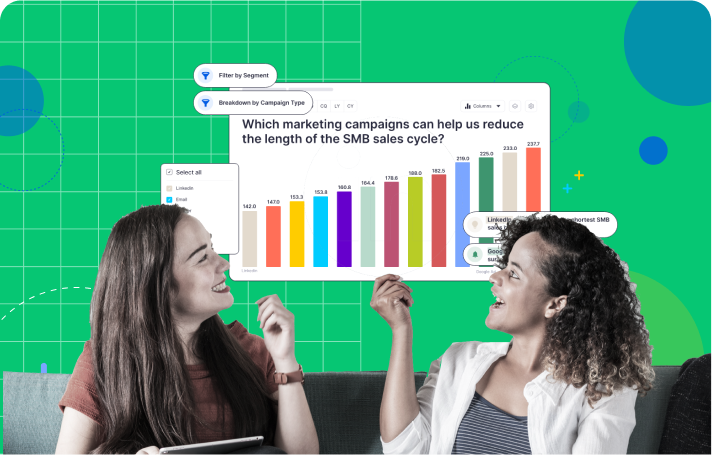
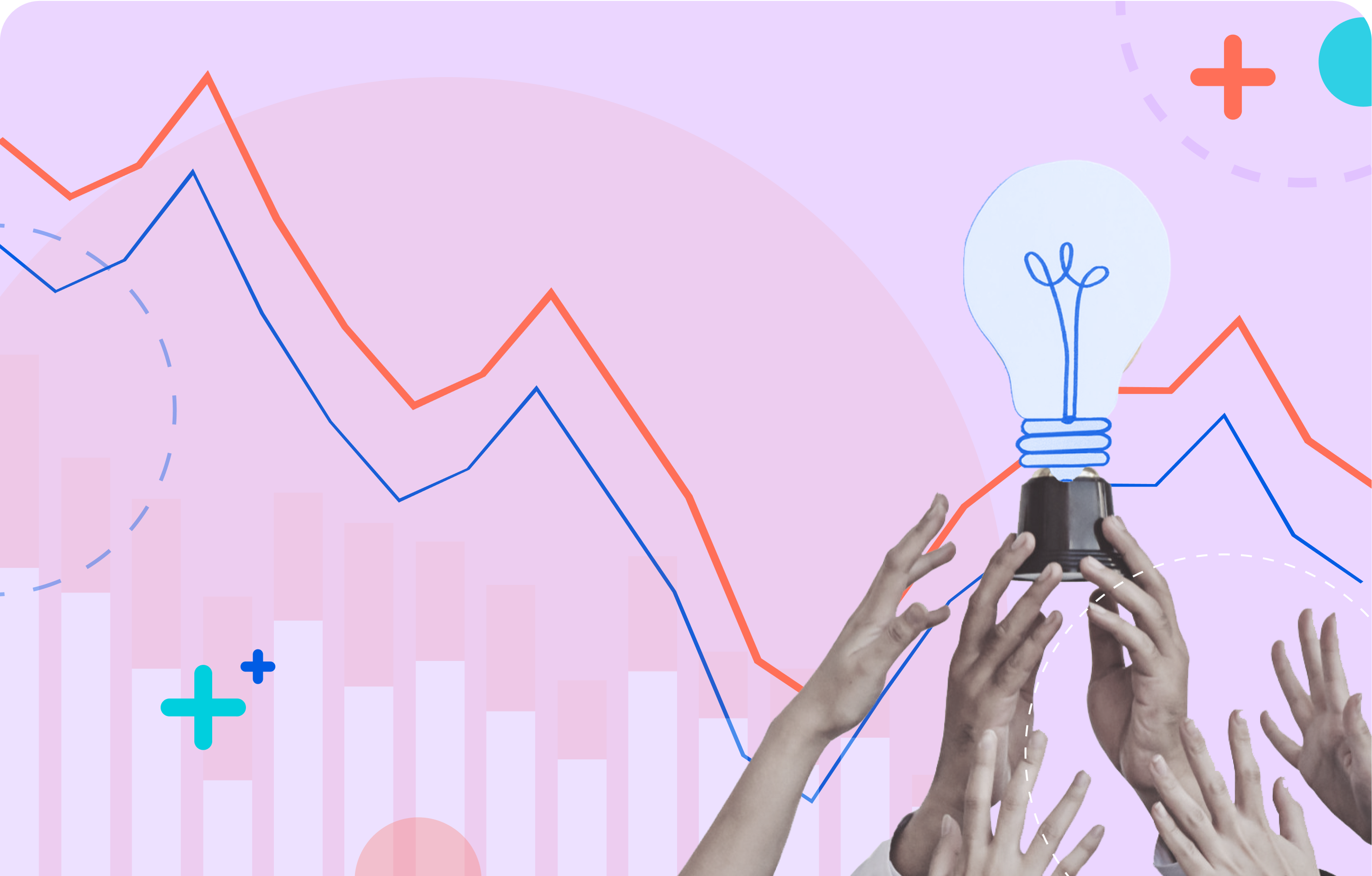
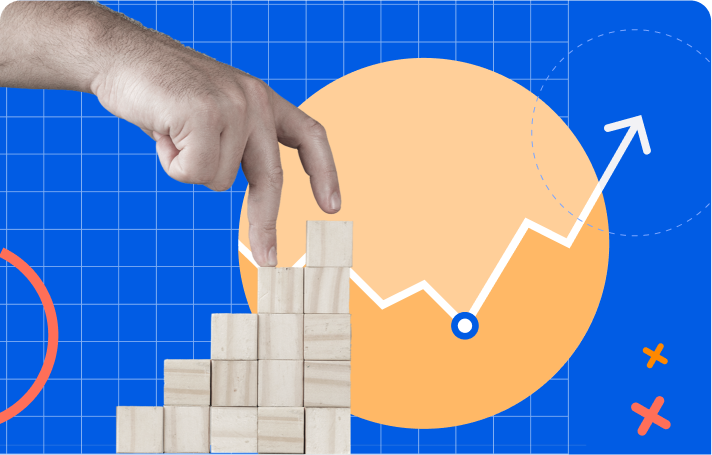
Sightfull is your automated GTM analytics platform.
Low touch, quick deployment paired with automation ensures fast results across any interface of your choice.

















